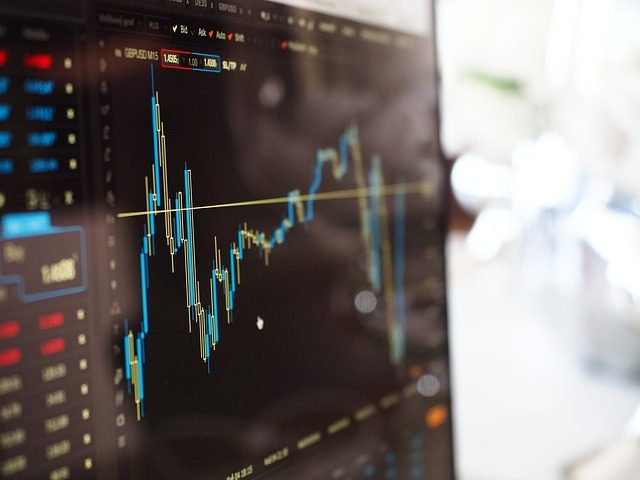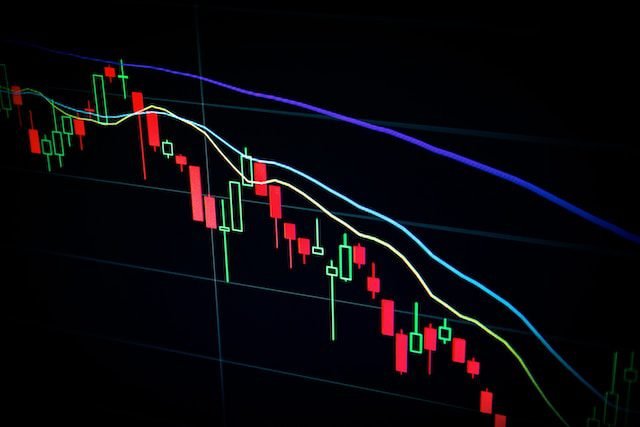SVB collapse: With the start of the Silicon Valley Bank (SVB) crisis, the equities market experienced a sharp sell-off. Yet, the SVB problem is evolving into a US banking crisis as a few additional institutions, including Signature Bank, First Republic Bank, and others, have had financial difficulties. In fact, Credit Suisse, the second-largest Swiss bank and a significant European bank, is also affected by the crisis, which fed the worldwide banking crisis. The bank crisis in the US and Europe prompted a wave of selling in the Indian stock market, with the BSE Sensex falling 2.18 percent last week and the NSE Nifty falling 2.29 percent the previous week. During this time, the Nifty Bank index fell 2.42 percent.
Experts on the stock market feel that bottom-fishing long-term positioning investors may benefit from this decline in high-quality stocks. They argued that recent decline in Indian stocks is very much emotive and it has nothing to do with fundamentals. Analysts suggested bottom fishing and suggested purchasing high-quality stocks in the auto, power, and banking industries because Indian banks are governed by the Reserve Bank of India and are in good financial standing (RBI).
“We believe that the impact of the banking collapse would be limited in India as well as will not have any effect on the Indian banks as the Indian banking system is more insulated & regulated under the supervision of RBI, primarily affecting tech start-ups and IT firms,” said Girish Sodani, Head of Equity Market at Swastika Investmart, when asked about opportunities in the Indian stock market after the news of the SVB collapse.
“As we have seen, there may be an opportunity for the positional investor during this decline as the auto sector and power companies have maintained excellent fundamentals and have made significant capital expenditures in recent budgets to address numerous domestic issues. These industries have successfully recovered from similar corrections in the past. Positional investors can keep an eye on these two sectors throughout the selloff and begin to accumulate from lower levels while focusing on the mid- to long-term outlook “affirmed Swastika Investmart specialist.
According to Avinash Gorakshkar, Head of Research at Profitmart, regarding the financials of Indian banks, “The majority of Indian banks have reported improvements in their margins, and because of the high interest rate environment, they have more cash on hand for lending. As a result, Indian banks are in good financial standing. A trend reversal on Dalal Street is fairly possible given that the RBI has been throwing dovish hints about an interest rate increase at the upcoming monetary policy meeting (MPC meeting). But, if the US Fed chooses to raise interest rates at the FOMC meeting next week, there might be a further decrease in global markets, including Dalal Street.”
Source: mint





